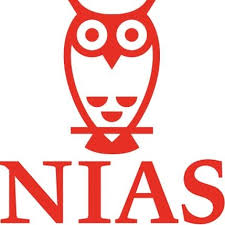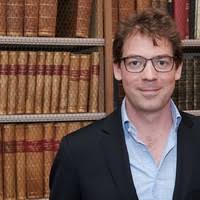GoodReads meta-data is 502 pages, rated 3.70 by 140 litizens.
Genre: history.
Verdict: Alstublieft!

‘God made the world; we made the Netherlands,’ say the Dutch, referring to the 60% of the Netherlands’ current landmass which has been reclaimed from the North Sea via land fill, drainage, polders, dikes, levees, canals, sluices, weirs, damns, culverts, and windmills. All the mud, water, mire, swamp, morass, bog, and more, combined with the lack natural resources, meant that the Netherlands was largely left alone by the larger nation states surrounding it (France, Germany, and England), though it offered a soggy passage among them.
At one time the Austrian Netherlands (Belgium, Brabant, Dunkirk, Flanders, the Netherlands, Limburg, and Luxembourg) loomed large, but the Hapsburgs had other more pressing problems, as their gene pool swung from Austria to Spain. When they withdrew the Low Lands were left to their own devices as a buffer between the greater powers. It is a complicated story. For a time the Netherlands included Belgium, but the latter broke away in an argument about taxation between Antwerp and Amsterdam. The provinces of the Netherlands squabbled among themselves about taxation, even when William III of Orange was King of England. He gets short shrift in these pages.
By the way, Holland is one of the nine provinces, and to refer to the whole country as Holland is like calling Australia by the name of one of the states, e.g., Victoria. 
Rotterdam and Amsterdam used the experience of the Hanseatic League to go into global trade, and the Dutch Golden Age was born. Literally golden because of the lucrative profits made shipping goods for others far and wide. As commercial ventures this trade was unarmed, and the Dutch specialised in building ships with vast storage and no room for weapons, unlike the East Indiamen ships used by the British East India Company (BEIC). To convert the Dutch trading ships to warships, they had to be rebuilt and no one would pay for that. Ergo once the BEIC challenged by gun Dutch traders, they lost. But for a while the Netherlands had a global reach from Taiwan, to Korea, to Macau, Ceylon, Indonesia, South Africa, Suriname, Brazil, Aruba, St Maartens, and more.
When the Golden Age flourished so did Dutch art and that became an established part of the culture that remains today in all those galleries and art students.
When Arthur Wellesley (Wellington) broke the French attacks at Waterloo a quarter of the troops in the thin red line were Netherlanders in orange who are largely omitted by English history.
At the Congress of Vienna ending the Napoleonic Wars a republican, greater Netherlands was regarded as too unstable and too unwieldy to survive. Instead it was divided into two, creating the Kingdom of Belgium and the Kingdom of Netherlands. The House of Orange had dominated several of the nine Dutch provinces, after generations of asserting its primacy more generally, and it became the royal choice. The House of Orange was resisted by the burgers of Amsterdam because of its engrained animosity to Catholics and propensity to tax, both being bad for business. But their attitude was not decisive.
Is this orange a connection to Northern Ireland protestants? Yes, it traces back to the William of William and Mary.
That town hall in Amsterdam on the Dam had been built as a republican town hall, but during the Napoleonic ascendancy it was converted to a royal palace for Napoleon’s brother, Louis, who became King of the Netherlands. By the way, Napoleon installed him to extract taxes, but once in place, this brother sided with the Dutch, and Napoleon then removed him after but four years. This was the first instance of a Dutch king. Après la guerre the town hall became the royal palace of the House of Orange, but because of the long hostility of Amsterdammers to the House of Orange, the monarch took up residence in Den Haag as neutral ground, making it the seat of government, though Amsterdam is still referred to as the capital. Confusing, no? Confusing, yes!

Declaration of interest. I spent a semester at the Netherlands Institute for Advanced Studies years ago, and have returned to the country many times since.

This book does not even mention, still less resolve, one of the mysteries of the Netherlands I encountered. Walking from the Institute to my apartment in the evening, I went along quiet, darkened residential streets, where, invariably, in each house I passed the front curtains were open at all hours of the day and night. Indeed it seemed the curtains were never drawn, and I saw many a Dutch family in the front room watching television or eating dinner as I went by. Whence came this practice of public display of private life?
Another enduring memory of the Netherlands came from the lunches in the common room, where the Dutch invariably ate sandwiches with a knife-and-fork. Yep. Even a ham and cheese was cut and sliced.


I was told by an knowledgeable friend that the Dutch practice of leaving the curtains open was to discourage rumour-mongering in the community, – an early pro-transparency practice… (!)
HW